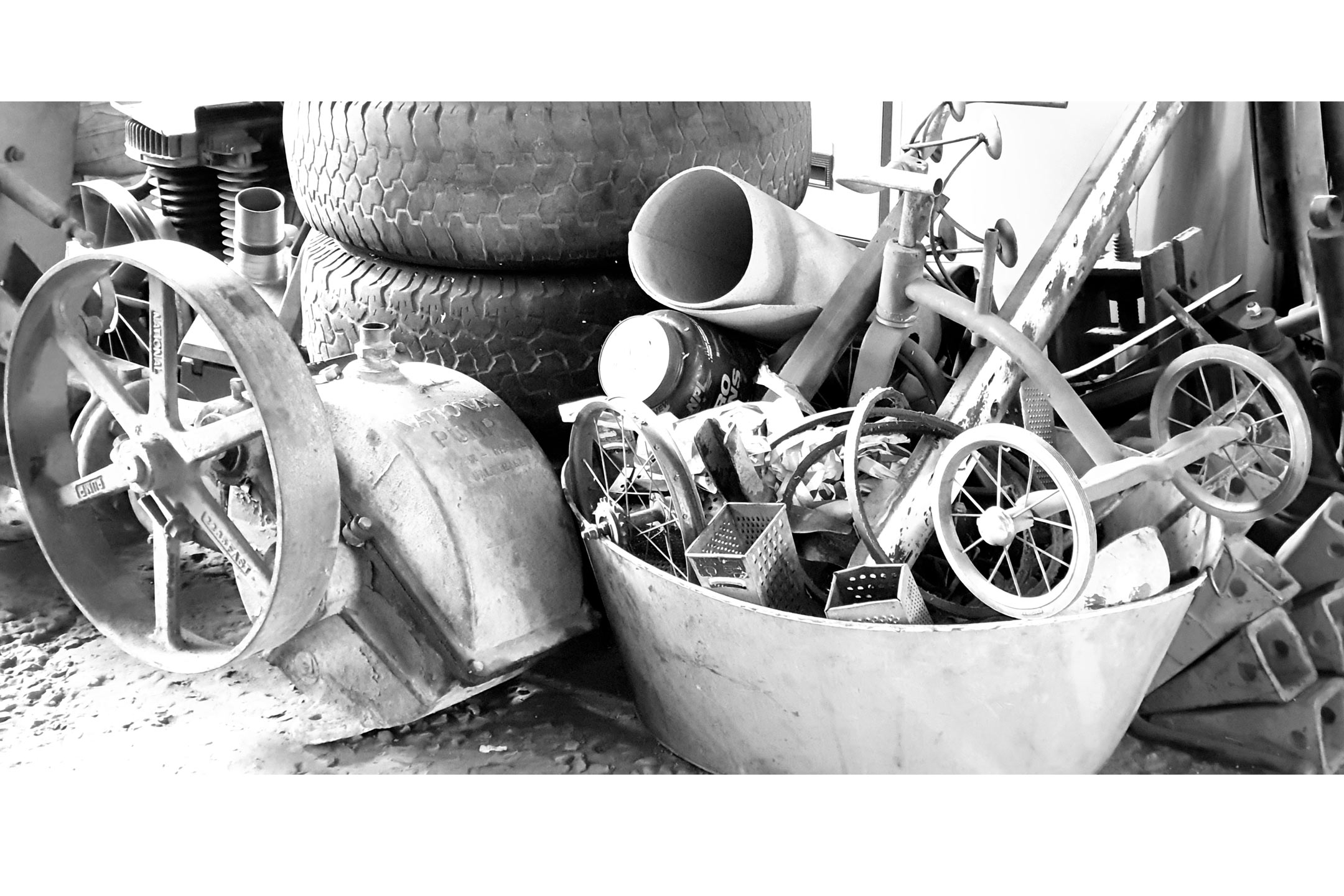
27 Jan When hoarding becomes a health problem
Hoarding is a recognised mental health condition and should be treated as such – without the stigma associated with high-profile cases seen in the media, a UNSW clinical psychologist says.
Hoarding can affect anyone – no matter their age, gender or finances – and if you are wondering how to help a loved one you might only see at Christmas, an academic clinical psychologist shares her expertise to help avoid tension this festive season.
An international authority on hoarding disorder, Prof. Jessica Grisham acknowledged the physical manifestation of hoarding – for example, a house filled with rubbish – was confronting and stigmatising, but noted that it was a mental health issue.
“Hoarding is a severe disorder and is more common than many might think – an estimated 2.5 per cent of people have this problem.
Prof. Grisham said hoarding was also a serious disorder because of the health and safety risks it posed to the person with the condition, their family and to the wider community.
An extreme, emotional attachment to objects
Prof. Grisham said hoarding was a deeply ingrained attachment to possessions that in some cases might have its roots in a traumatic event – for example, the death of a loved one – and co-existing mental and/or physical health issues.
“The official psychiatric diagnosis is defined in the DSM-5 as a persistent difficulty discarding or parting with possessions, regardless of actual value, that leads to a perceived need to save the items and significant distress associated with no longer having them,” she said.
“So, a person who hoards is excessively attached to their belongings and this prevents them from discarding those items, leading to a huge amount of clutter in their homes – to the point they are unable to live or function the way other people do.”
Hoarding was different to being untidy or having extra stuff in your home, Prof. Grisham said. People who hoard might also feel shame or anxiety and try to hide their hoarding.
“Maybe they never have visitors in their home or, it’s been a long time since anyone has been there and you suspect something is wrong. For example, the house might smell or a build-up of clutter can be seen from the street,” she said.
Preventing or discouraging hoarding
Prof. Grisham said helping someone with their hoarding problem was extremely challenging, but there were several important considerations:
- Avoid arguments and seek their permission: Never threaten the person, have a heated argument with them or discard things without their permission. Massive clean-ups cause huge distress to the person and they generally will start hoarding again if everything is forcibly removed.
- Be prepared for ambivalence: Many people with hoarding problems are unmotivated or ambivalent about seeking treatment and some lack insight into their situation.
- Focus on harm reduction through education: Emerging treatment programs encourage relatives to start a conversation with the person who is hoarding about minimising health and safety risks linked to their habits. Safety is an important goal of intervention – achieving a perfectly clean house might be impossible. For example, bring attention to fire hazards, blocked toilets or covered electrical outlets. This education can occur while a person is seeking help for their hoarding.
- Minimise and discourage accommodation or enabling: Well-meaning family or friends can sometimes do things to prevent distress in the person who is hoarding, but they actually contribute to the problem – for example, driving the person to a car boot sale, dropping off charity donations at their house, or giving them unwanted things like magazines or newspapers. So, tell the person doing the enabling that their actions are inadvertently feeding into the problem.
- Be aware of comorbidities: People who hoard often have co-existing physical and/or mental health problems – for example, physical disability, chronic fatigue, arthritis, obesity, depression or anxiety. This is where evidence-based treatment programs can help to address these challenges in conjunction with the hoarding problem.
How to seek professional intervention
Prof. Grisham said if the person with the hoarding problem was not getting help, you should start a conversation with them about how the problem is impacting them, and suggest they seek third party assistance.
“Ask the person about how the clutter is affecting their life and reassure them that you are not going to ask them to do anything initially, but that you think their excessive collecting and saving might be causing them some challenges. Ask if they would be open to considering possible ideas,” she said.
“I can recommend the new City of Sydney guide on Understanding Squalor and Hoarding – it’s helpful for understanding hoarding, including risks to public health and the need for a community-wide response.”
Professor Jessica Grisham of UNSW Science has more than 16 years’ experience researching and treating obsessive-compulsive disorder (OCD) and OC spectrum disorders, such as hoarding.

